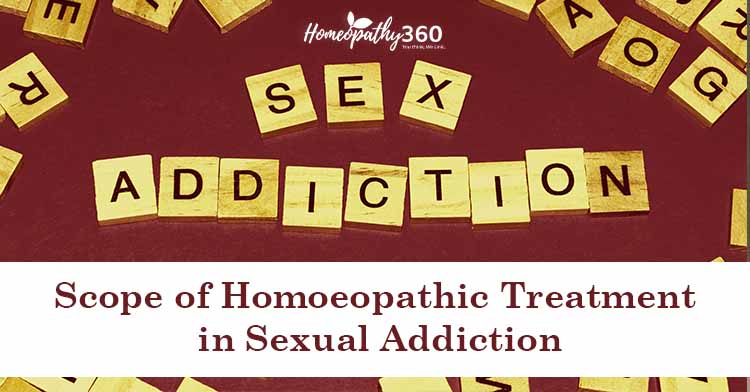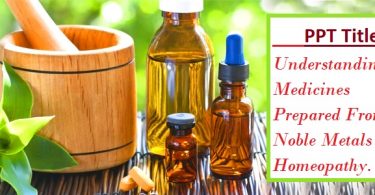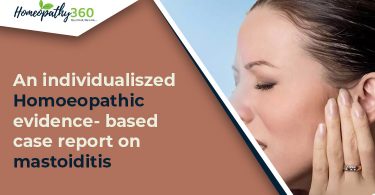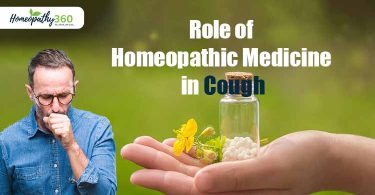
INTRODUCTION:
Sexual medicine, a new branch of medicine also known as Genito- Urinary medicine is an important branch in medicine curriculum which is often neglected. Sexual problems are commonly seen in clinics and one among them is sexual addiction.
Most sexual addicts do not consider themselves to be sick and that is one of the contributing factors in difficulty in treatment. Most of the patient take treatment after being arrested for some sexual crimes or related incidents. Infact sexual medicine’s knowledge is limitedamong doctors and it is practised partly by experts in the field of Urology, Psychiatry, Gynecology, Surgery and others.(1,2)
CAUSES:
Most of the sexual problems can be psychological or physical in origin. History of childhood sexual abuse is one among the commonly encountered aetiology apart from the usage of alcohol, drugs and narcotics. Studies have also shown that abuse in childhood may be of physical, sexual or emotional is very common among the persons with sexual addiction.
- Pathogenic family environment- All learning begins at home. The pathogenic family environment refers to the unhealthy relationship, frequent quarrelling between parents and uncongenial home environment. Child may copy the abnormal sex behaviour of his parents, may develop a distaste or unconscious fear of natural sex behaviour. The child natural behaviour may deviate on account of parental rejection or isolation from other children. The need of psychological or biological satisfaction may lead him to trap in sexual deviation.
- Earlier traumatic sex experiences: Many times, traumatic sex experiences such as sexual assault of minor girl may prove damaging to her normal sex behaviour.(3)
According to Sigmund Freud’s psychosexual development theory, sex is the life urge or fundamental motive in life. Sexuality is not the characteristic for only adult, children too from the very beginning has sexual desire he termed it as infantile sexuality. A child passes through various stages with respect to his psycho-sexual development- The oral stage, the anal stage, the phallic stage, the latency stage, the genital stage. And failure to progress through each of these stages leads to fixation. Fixation is a lingering focus of pleasure-seeking energies at an earlier psychosexual stage during which conflicts were unresolved. During phallic stage the primary struggle children face is figuring out their gender identity and sexuality. Failure to successfully pass through this stage leads to the adult personality characteristic of being over-sexualized (e.g., flirty) or its opposite, being undersexualized (e.g., overly modest).(4)
Sexual addiction can be termed as obsessive compulsive neurotics by psychiatrist, excessive libido by sexologist and sexual pervert by a lawyer. According to Dr Patrick Carnes, author of “Don’t call it love”- Sexual addiction is a compulsive behaviour that interferes with normal living. It is a newdisorder which has been recognised only recently as a separate entity. Over the past two decades, this concept has been developing slowly.(5)
DIAGNOSIS
As of now the major International Classification system of Mental Disorder have not recognise it as a disorder though other associated disorders like nymphomania, satyriasis do mention in ICD 10. However, DSM 5 subcommittee has drafted criteria to address this problem.
The concept of sexual addiction has been derived from the addiction models of chemicals like alcohol, opiods etc. or behavioural like gambling. Like the other form of addictions, sexual addiction has got psychological dependence, physical dependence and a withdrawal syndrome if it is not available. As the proper guidelines of diagnosis is lacking for this new disorder, psychiatrist follows the diagnostic criteria for addictive disorders as a prototype to make diagnosis.
Major characteristic features of sexual addictions are-
Out of control sexual behaviour
Severe medical, legal and interpersonal adverse consequences due to sexual behaviour
Persistent pursuit of self-destructive or high-risk sexual behaviour.
Repeated attempt to limit or stop sexual behaviour
Sexual obsession and fantacy as a primary coping mechanism
Need for increasing amount of sexual activity
Severe mood changes related to sexual activity
HOMOEOPATHIC TREATMENT:
Homeopathy has a good scope in treating such conditions. Treatment help to stop the compulsive behaviour and improve their quality of life. The greatest asset of homoeopathy is the holistic approach treatment. The treatment plan starts with a detailed history taking including physical, mental, constitutional, genetic predisposition and individualization of the patient is taken into consideration for selection of remedy.
Apart from considering the symptoms presented by the patient, analysing the psychological and social factors is also equally important, which is reflected in the the framework developed by George L Engel of Biopsychosocial model of health and illness – the interactions between biological, psychological and social factors determine the cause, manifestations and outcome of wellness. The psychological component seeks the potential psychological cause such as emotional turmoil, poor self-esteem, lack of self- control etc. The social component investigate different social factors such as socio- economic status, upbringing, adverse environment, dysfunctional family etc. Through this the ailments factor, exciting cause or the maintaining factors can be elicited which help in the homoeopathic treatment.
And based on the principles of homoeopathy – medicines are given along with psychotherapy which includes insight- oriented psychotherapy and cognitive behavioural therapy.
In homoeopathic literature, sexual addiction symptoms are found in various repertories, among them-
In kent’s repertory;
Mind- Nymphomania
Mind -Sexual excesses, mental symptoms from
Some of the commonly used homoeopathic medicines are:
- Lachesis
Nymphomania- restless and uneasiness; does not wish to attend business. In female who never get well from the change of life. Swelling of the parts, with itching and sexual desire. Sexual desire excited.
- Staphysagria
Nervous affection and irritability, diseases of genito-urinary tract. Sexual excess, very sensitive.
- Hyosyamus
Inclined to be unseemly and immodest in acts, gestures and expressions. Very talkative and persists in stripping in herself, or uncovering genitals. Lascivious, exposes his persons. Excited sexual desire.
- Platina
Mental troubles, associated with supressed menses. Physical symptoms disappear as mental symptoms develop. Parts hypersensitive. Nymphomania. Excessive sexual development.(7,8)
CONCLUSION:
When a person is preoccupied with sex and become a compulsion act which affect the person’s social, family and personal dimension it can be consider as an addiction. As the number of such addiction increases, it is in need to address this problem and homoeopathy with its constitutional medicine has got a good scope in treating the addiction.
References:
- Chandra KNKG. Comprehensive textbook of sexual medicine. Jaypee Brothers Medical Publisher (P) Ltd.; 2014.
- Tukol BT. Human sexuality problem and therapy.
- Mangal SK. Abnormal psychology. New Delhi: Sterling; 2019.
- Mangal SK. Advanced educational psychology. New Delhi, India: Phi Learning; 2012.
- Carnes P. Don’t call it love. Paitkus; 1991.
- Kent JT, Clara Louise Kent. Repertory of the homoeopathic materia medica. Noida: B. Jain Publishers (P) Ltd; 2016.
- Boericke William Pocket Manual of Homeopathic Materia Medica and Repertory, 13th edition,2002
- John Henry Clarke. A dictionary of practical materiamedica : in three volumes. Vol. 2, [Iberis – Pediculus]. New Delhi: B. Jain; 1995





